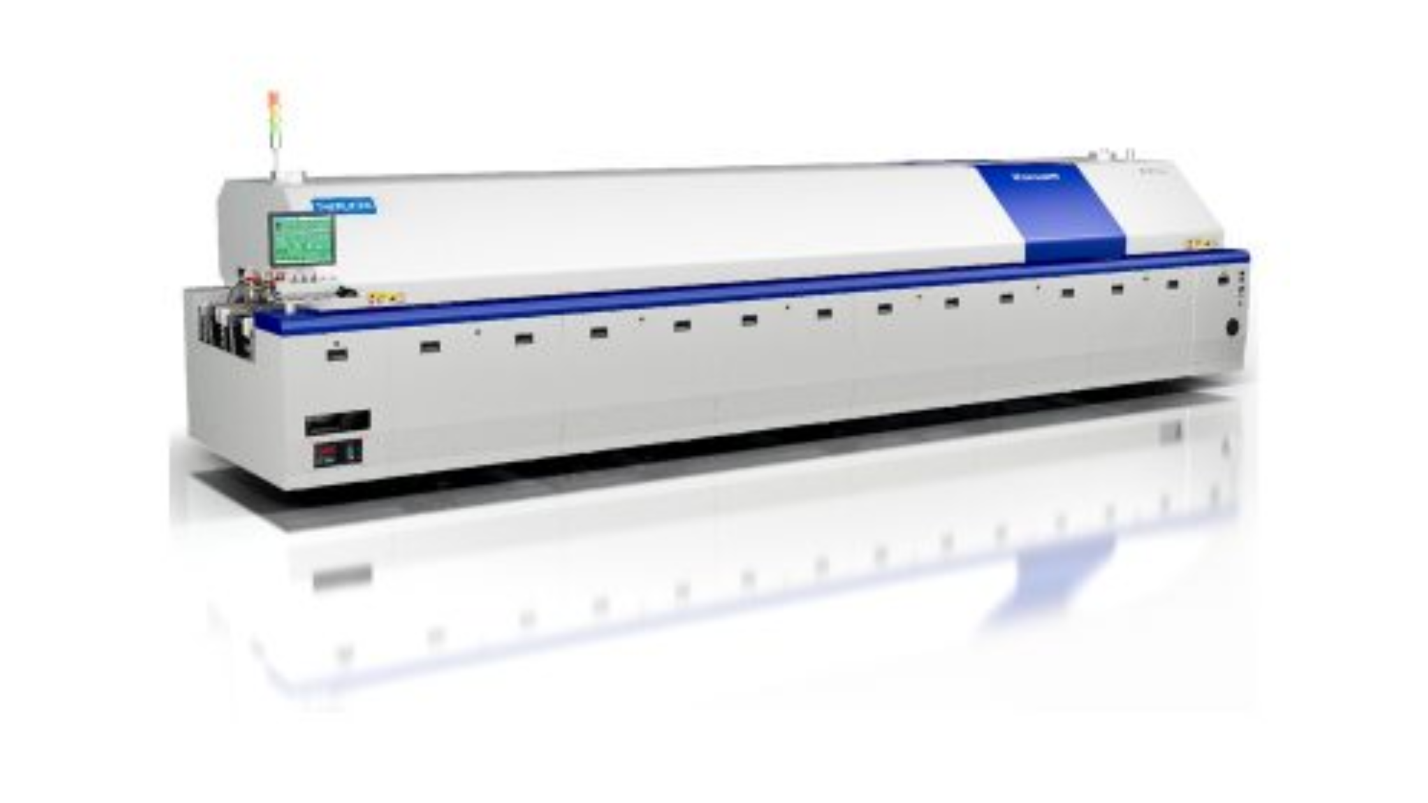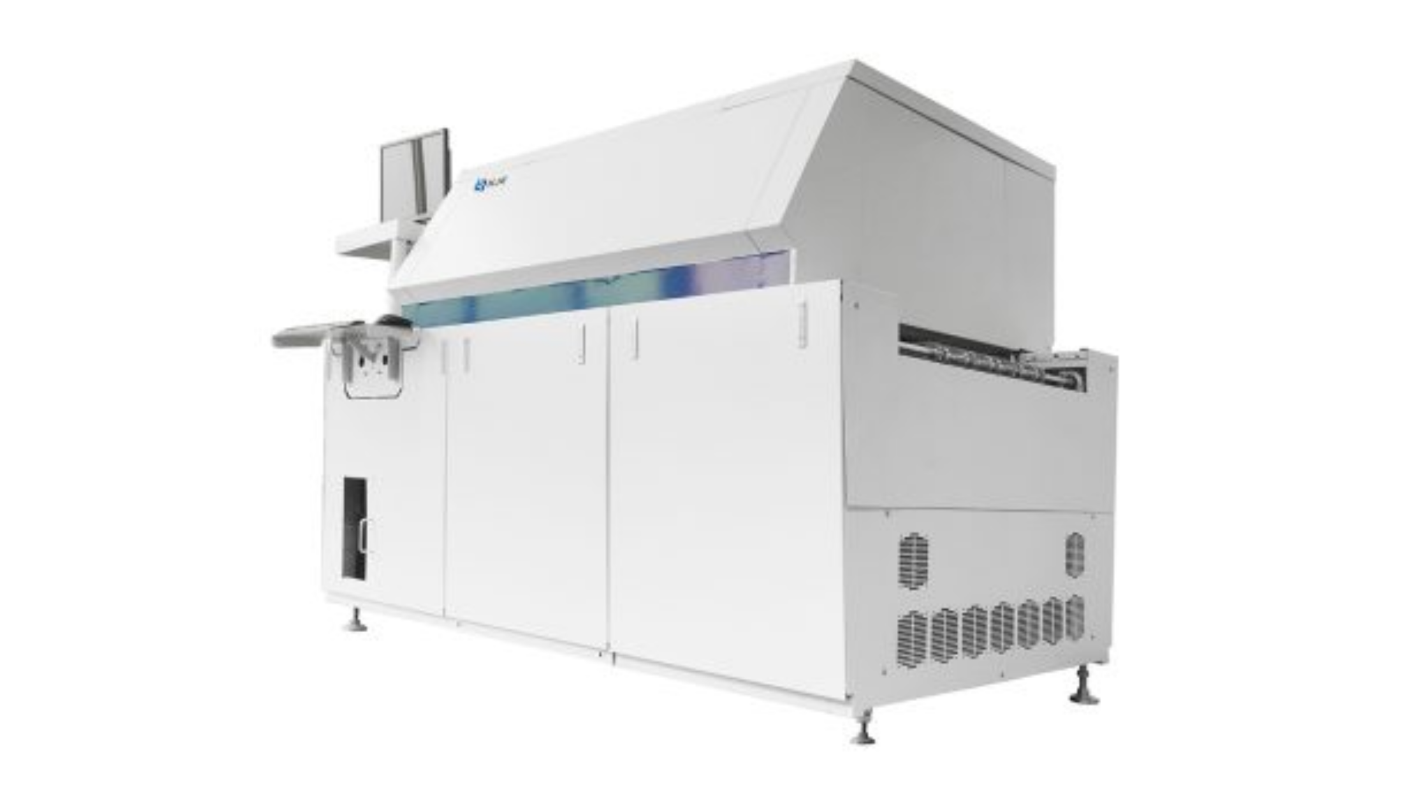
Every electronics manufacturer faces a choice: wave soldering vs. selective soldering. The debate is about efficiency without compromising precision. Which one delivers that?
As PCBs become smaller and smarter, this guide becomes a must-read. Let’s go through it together!
The need for production efficiency and precision increases day by day. All manufacturers are seeking excellence, and often find themselves struggling to make a major equipment investment.
Between a wave soldering machine and a selective soldering machine, the decision boils down to precision. Wave soldering delivers quick and uniform results for large batches, while selective soldering delivers targeted precision.
The decision between this makes or breaks your production line.
This is why HJE Tech India Pvt. Ltd. brings you this guide, where we will set a clear comparison between these two options.
Let’s help you make a strategic choice!
Wave Soldering vs. Selective Soldering: A Comparison Guide
Clearing the First Phase: What Each Option Means?
Let’s understand what each process means.
Wave Soldering:
Think of a wave soldering machine as an ocean of molten solder. The printed circuit board (PCB) passes over this “wave,” allowing the solder to flow across all component leads at once. It’s fast, consistent, and ideal for through-hole components on large boards.
Selective Soldering:
On the other hand, a selective solder machine works more like a precision artist. Instead of flooding the board with solder, it applies solder only to specific joints, using a controlled nozzle or mini-wave. This method suits mixed-technology boards and applications where accuracy and thermal control are critical.
Why One Chooses a Wave Soldering Machine?
Wave soldering has been the go-to method for decades, especially in high-volume manufacturing. Why? Because it delivers results fast.

- Speed and Efficiency: When you need to process hundreds of boards per hour, nothing beats the continuous operation of a wave soldering line.
- Cost-Effectiveness: The process is straightforward, and once set up, it can handle large batches with minimal intervention.
- Reliability: The uniform solder wave ensures consistent joints across the board, reducing variability.
However, wave soldering isn’t without its limits. It’s less flexible for boards with both through-hole and surface-mount components, and masking sensitive areas can be time-consuming.
Consider a company manufacturing LED drivers or power supplies. These boards are typically simple and have many through-hole components, which is the perfect setup for wave soldering. The process ensures every connection is solid while keeping production costs low.
Is Choosing a Selective Soldering Machine Worth It?
Selective soldering represents a more modern approach to PCB assembly, ideal for complex designs that incorporate both surface-mount and through-hole technologies.
- Precision: The nozzle or mini-wave targets only specific areas, eliminating the need for masking or fixtures.
- Reduced Thermal Stress: Because only localized sections of the board are heated, there’s less risk of component damage.
- Flexibility: Each board can have custom soldering profiles, making it ideal for small to medium batches or products with frequent design changes.
Imagine a manufacturer producing smart home controllers with dense circuit layouts. Many of these boards include both delicate SMT components and a few large connectors. Using a selective solder machine allows technicians to achieve perfect solder joints without disturbing the sensitive SMT side.
Wave Soldering vs. Selective Soldering: Key Differences
Choosing between these two technologies isn’t about which is better; it’s about which is right for your workflow.
Here’s a simple breakdown:
| Factor | Wave Soldering | Selective Soldering |
| Production Volume | Best for high-volume production | Ideal for low to medium production volume |
| Board Complexity | Deals with simple, single-sided boards | Can deal with complex, mixed technology |
| Setup Cost | Has a lower cost | Higher initial costs |
| Flexibility | Limited | Offers great flexibility |
| Thermal Control | General control | Localised precision |
Pro tip: If your product designs are stable and you run large batches, invest in a wave soldering machine. But if you’re working with multiple PCB designs or intricate layouts, selective soldering will save you rework and improve yield.
The Right Partner: HJE Tech India PVT. LTD. Advantage
When it comes to precision manufacturing equipment, HJE Tech India Pvt. Ltd. stands out as a trusted partner for businesses across industries.

With us, you get:
- Premium SMT and THT Solutions: HJE Tech India offers world-class THT and SMT machines, engineered for maximum performance and reliability.
- Expert Technical Support: From installation to training and maintenance, our service team ensures uninterrupted productivity.
- Innovation & Upgradation: We stay ahead of industry trends, offering solutions that keep your production line ready for the future.
Partnering with us gets you reliability, guidance, and technology that grows with your business. Contact us today!
Conclusion
There is no universal winner in the debate of wave soldering vs selective soldering. The right choice depends on what your production needs are, long-term manufacturing goals, and budget.
For high-volume, simpler PCB manufacturing, the speed and uniformity of a wave soldering machine work perfectly. More intricate, mixed-technology assemblies work best with the accuracy offered by selective soldering machines.
Make the right investment today, starting with the right provider.
The Next Step to Manufacturing Excellence
Enhance your production line efficiency and precision with HJE Tech India PVT LTD. Our THT and SMT solutions are built for reliability and accuracy, offering unmatched product quality and performance.
FAQs
Between wave soldering and selective soldering, which one is faster?
Wave soldering is typically faster because it can handle multiple joints at once. Selective soldering, though slower, provides higher precision and less rework.
When is the best time to choose a wave soldering machine?
Wave soldering is ideal when dealing with simple, through-hole PCBs and large batch production. It ensures uniform joints, faster cycle times, and cost efficiency.
What makes selective soldering a better choice than wave soldering?
Selective soldering machines use nozzles or mini-waves to apply solder only where needed, ensuring precise thermal control. This reduces the risk of damaging sensitive components and eliminates the need for masking areas not intended for soldering.
How can selective soldering improve product reliability?
By applying heat and solder only where needed, selective soldering minimizes stress on the board, prevents bridging, and ensures stronger joints, ultimately enhancing long-term product durability and reliability.
